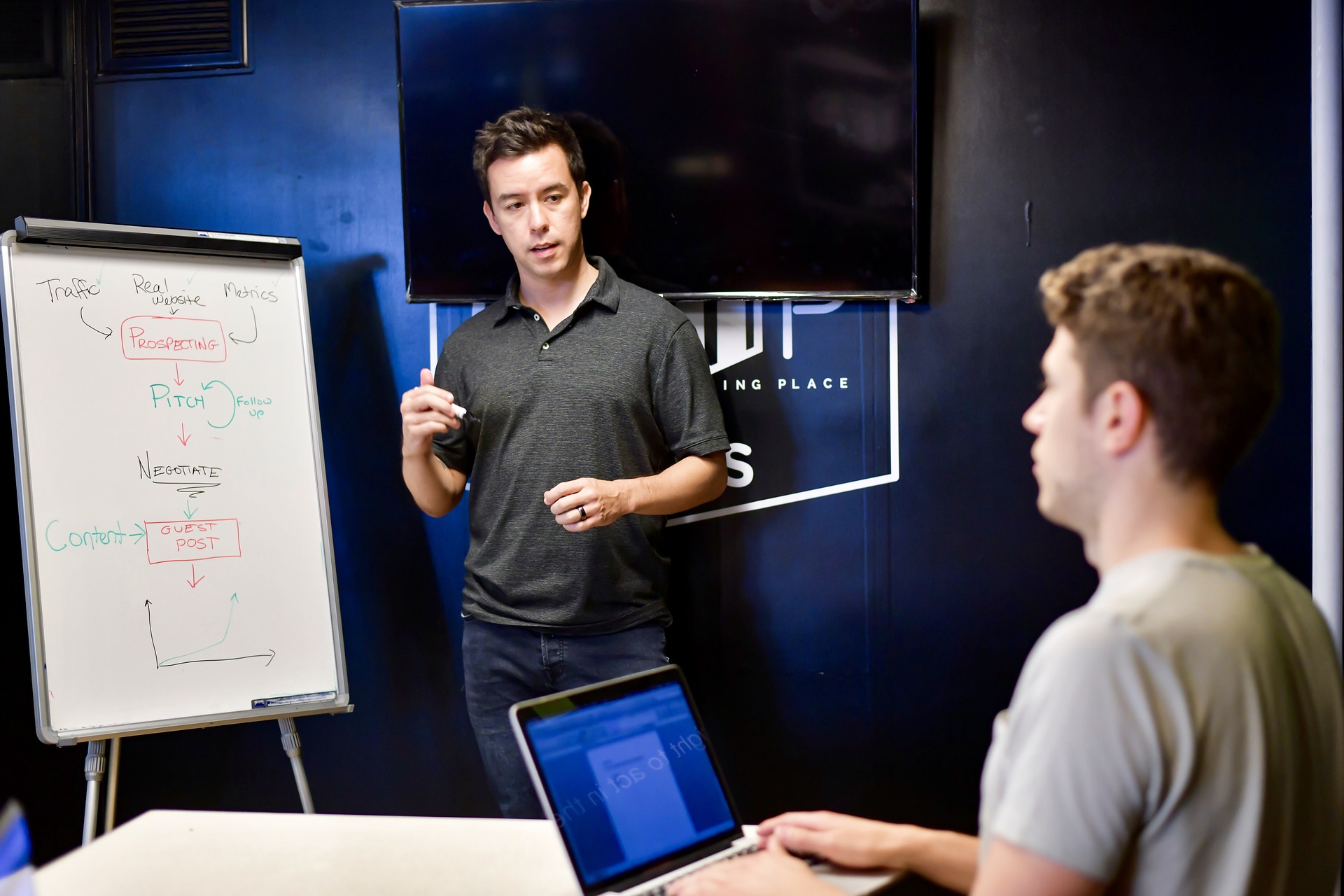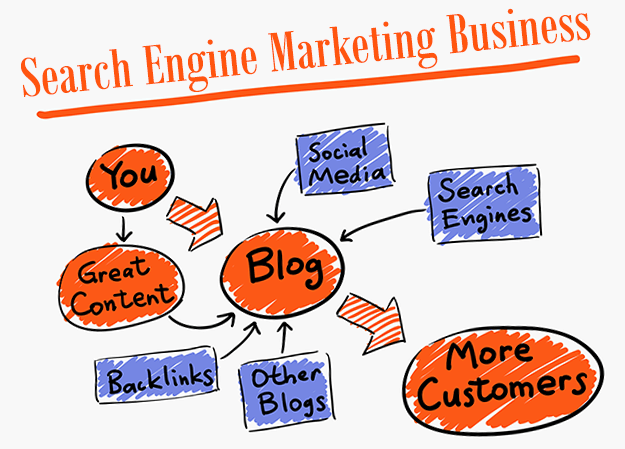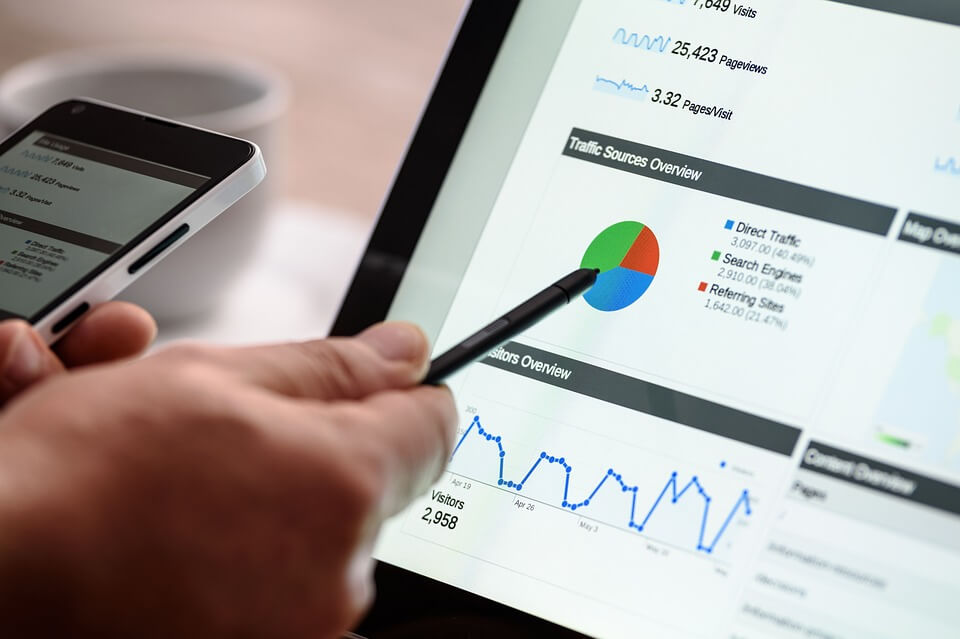Search engine optimization (SEO) is an ever-evolving concept because digital technology is always succeeding in finding new ways to elevate the user experience. With each algorithm formula change, it gets more difficult to rank because the bar of excellence is being raised continuously by search engines like Google and Bing. Search engine algorithms are calculated to make optimization user-friendly but, at the same time, it makes it challenging for companies to stay ahead of digital marketing ranking factors. Here are three major SEO predictions for 2020.
1. Screenless Voice Queries:
Data collected by Gartner finds that by 2020, a third to half of search engine queries will be screenless voice queries. This isn’t such a problematic prediction because the technology had been slowly shifting to the dominance of voice-activated technology because of the popularity of Siri and Alexa. More than 77 million Americans also use voice-assistance applications when driving, which has encouraged hands-free voice technology as the preferred method when shopping or searching for credible data.
PCs and mobile phones will come ready to use with standard screenless voice query apps. Instead of returning results in a ranked list of indexed content, businesses need to prepare now for search engines returning the top-rated content, much like the formula for Google Maps. The queries will take into consideration consumer engagement, referrals and brand recognition. This is a primary concern, so SEO companies like San Jose SEO Smart Street Media are helping clients now prepare for voice query keywords.
2. Social Media, Content Indexing & SEO:
SEO will still be dependent on searches, but social media platforms will become a significant factor in organic ranking in 2020. Historically, indexing focused on targeted keywords and long-tail phrases but, soon, the content will be ranked on branding, engagement, and keyword strong points. Unless your business focuses more on content that drives social media engagement, you’ll be missing out on essential ranking criteria.
Social media marketing will become more credible and creative as well. As most of the world check social media at least once daily, companies will need the expertise of SEO companies or social media managers to ensure that their local SEO and national SEO strategy includes engagement, likes, shares, and comments. Another similar prediction is that as referrals will increase ranking, trends like backlinks will become less influential.
3. PC or Mobile-first Indexing SERP:
Consumers have heard about mobile-first indexing since 2018 because desktop searches were continuously declining as smartphone usage increased. Google took the initiative to prepare for the future with its mobile-first index. In 2020, digital marketers will encourage businesses to offer dual website designs for PC and mobile phone users since search engines will soon answer user queries with either a PC or mobile-first indexing answer. With the mobile-first indexing, Google won’t want to index switchboard tags and will return the search engine results page (SERP) recommendations based on how a user requests information.
Ultimately, each of these predictions will depend mainly on SEO-qualifying content that is indexed based on the targeted user’s device and will drive traffic to sites that ultimately deliver.
Read Also:
























